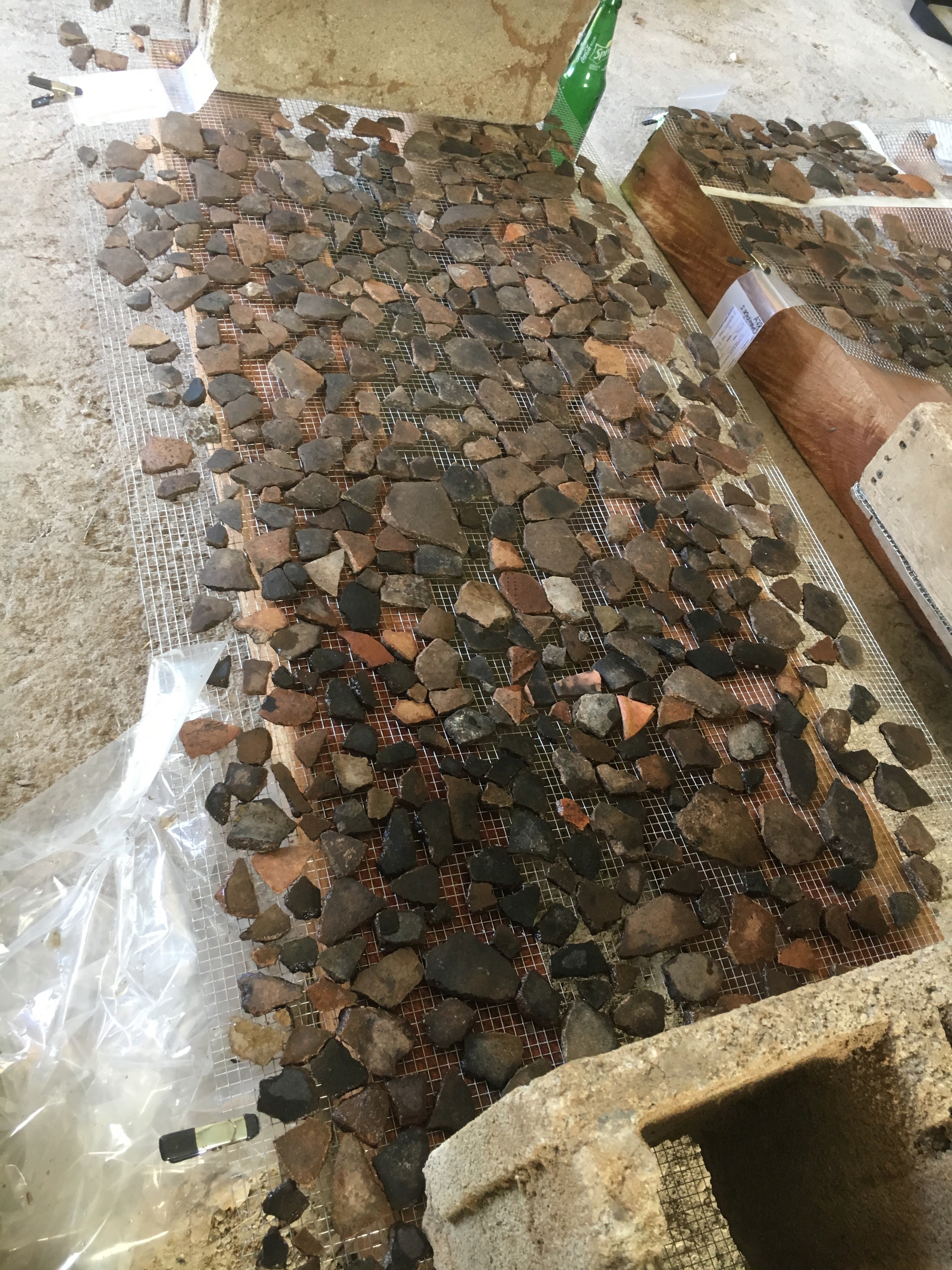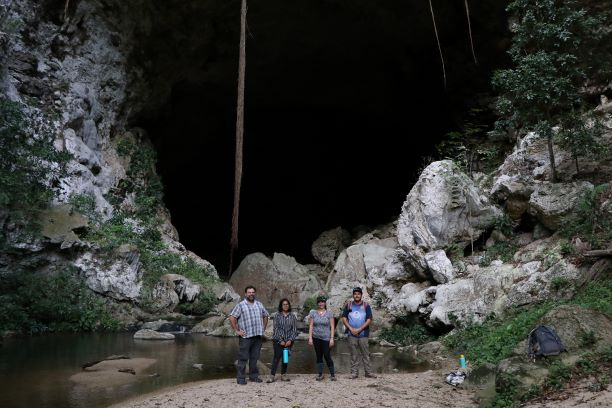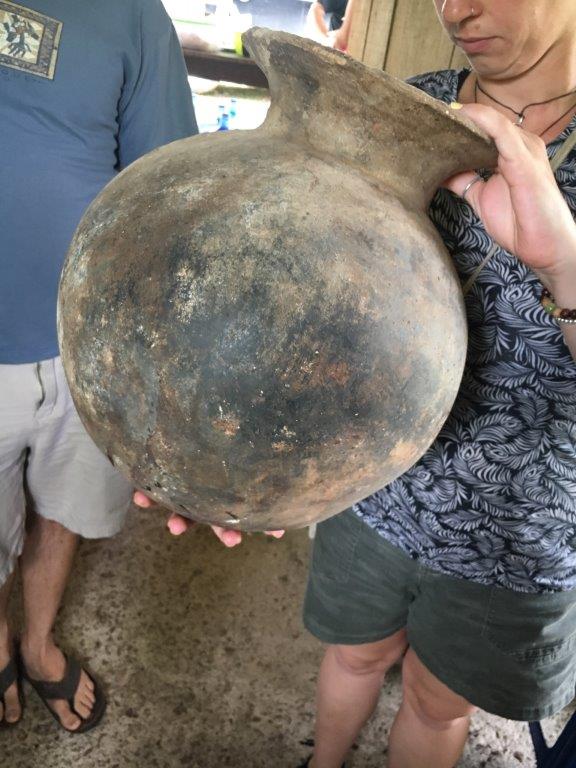 myCSUSM
myCSUSMJessica Garcia Field Blog 2, June 24, 2019
The first week of excavations was filled with discovery, both inside and outside of the cave. Within our excavation units, we found massive amounts of ceramic sherds, bags and bags of charcoal, rodent bones, jute (river snail) shells, and obsidian blades. The cool thing about these artifacts is that there is no way they could be here without human placement. I can't wait to get more lab time in order to interact with the artifacts and see what they can tell us about the past of the Maya.
On the third day of excavations, I took a break from digging and went down into the cave with our co-director, Mike Mirro, who was mapping and making a 3D model of the passages and architecture inside. Mike told me to grab some tubular webbing (i.e. climbing gear) and my camera. We trekked down into ancient broken cave formations that fell from the ceiling. At one point, we used the tubular webbing to drop down into a chamber. I was terrified. I had to put all my faith into a rope that would carry my weight as I crossed from one big boulder to another – with a large drop between them! I could not see the bottom, and I almost decided to not proceed.
 Cleaning Maya ceramics in the field archaeology lab
Cleaning Maya ceramics in the field archaeology lab
 Dr. Spenard, Ariana, Jessica, and Andres are dwarfed by one of the cave openings.
Dr. Spenard, Ariana, Jessica, and Andres are dwarfed by one of the cave openings.
Once across the boulders, I immediately started to see giant ollas (storage jars) and pieces of broken pottery everywhere. My fear was instantly replaced with excitement. We belly crawled through tiny spaces that opened into rooms littered with pottery.
We explored so much that we worked right through lunch and were almost late to leave for the day. We were able to find every little nook and did not leave a space unexplored.
 Jessica checking out an unearthed olla.
Jessica checking out an unearthed olla.
Another exciting thing that happened within our first work week was that we got to explore an area where Belizean archaeologists say there is "nothing". However, Dr. Spenard brought in a team of Californian archaeologists and within a few days we found over 30 flakes. Flakes are remnants of stone tool production. In California, flakes are one of the most commonly found artifacts, so our team has a good eye for spotting them. I can't wait to go to the Belize Archaeology Seminar this Wednesday and see the reaction of the researchers when Dr. Spenard tells them what we found in the region with "nothing there."






